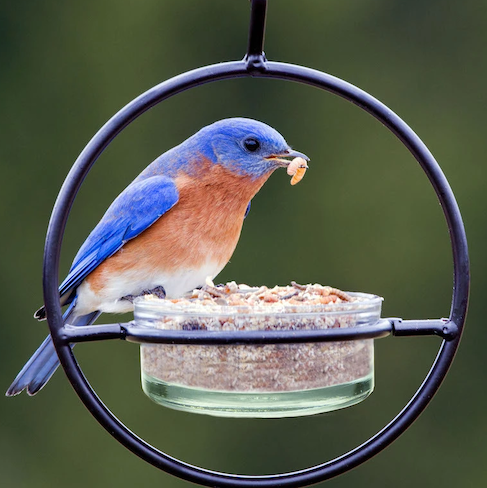-
When Critters Break a Tall Bird Bath
It’s more often than not, and applies universally to all creatures (including smarty-pants humans). The path of least resistance will be option #1. Yes, there’s even a fun garden plaque stating such!
When feeding backyard birds and/or squirrels, you’re bound to attract a few less desirable furry friends. The masked marvels (raccoons) are hands-down the most destructive of all. Likely due to their curious nature and smarts- they can manage to disrupt bird feeders, tall bird baths, even hummingbird feeders that hang within reach!Although hummingbird nectar or sugar water has no scent- it’s the shiny hanging thing that piques curiosity. Once the sweet sticky treat is discovered… they’ll be back for more the next evening. Upon seeing your empty feeder which was just filled the day prior, you may be wondering who ate all that food so fast?
Much the same as when you discover the top of your tall bird bath broken on the ground 🙁
To prevent this from happening again, the birdbath is an easy fix since the critters are simply looking for water.
Place a plant saucer on the ground for wildlife and keep it full of fresh water. It just goes back to that path of least resistance! If they don’t have to climb… why bother?
On our deck at home in Atlanta, mom and babies each took turns playing in this bubbling fountain. Luckily it’s on the ground and fairly indestructible! But the glass hummingbird feeders hanging from the deck… not so much!
Having extra feeders out for busy fall migration (five on the back deck alone), the critters were caught red-handed and in the nick of time! We simply moved one feeder to a garden pole with empty bracket, hung one feeder from the hummingbird swing and bought one feeder inside for the night. A little confusing for the tiny sprites in early morning hours… but now they have the routine down pat! Silly person moves our food back to deck for daytime.
As for the broken bath? Place a shallow pan of water on the ground right next to it, or use a tall bird bath that won’t break! These beauties are ideal for year-round use, accepting a heater in winter and large enough for a fountain or water wiggler in summer.
Lastly, should raccoons or squirrels be destroying your seed feeders… use a baffle! For those who insist baffles don’t work? Wrong- they’re just not installed correctly. feeder placement is most important, here’s another post with more detail on baffles.
You can feed birds without the headache or intrusion of other wildlife by using baffles, placing feeders correctly and offering fresh water at ground level 🙂
-
Popular Bird Feeders for Fall Migration
Birds Favorites… for Beating Summer Sizzle!
It may not even be a bird feeder at all, but actually your bird bath! Moving water stays fresher and it’s ideal for all birds, in the garden with or without the birdbath! Solar bubblers and fountains, leaf misters, water wigglers or drippers benefit both hosts and birds by preventing stagnant water. Birds who may not visit feeders will flock to gently moving water for a sip, dip and cleanliness.Whether birds stay or go (resident vs. migratory)… hydration and clean feathers are a must for all feathered friends!
Both songbirds and butterflies adore leaf misters (amphibians too). Some birds will eagerly sit and wait for them to start on scorching days!
With versatile and easy ways to use them, you can place a mister right in the garden for leaf-bathing, over a bird bath, attached to a branch or even a simple plant stake.
Mesmerizing Migration: Watch 118 Bird Species Migrate Across a Map of the Western Hemisphere (courtesy Cornell Lab)
Migrations are exciting times for backyard birders and feathered friends. In fall migratory birds are returning to their summer breeding grounds, but don’t forget resident birds who brave our harsh winters.
Keep Resident Birds Around!
Cardinals, bluebirds, chickadees, nuthatches, finches and others benefit greatly from native shrubs and trees. Heated birdbaths, seed, suet & peanut bird feeders plus roosting spots really do help them survive cold weather.
While temps are cooling and it’s prime time for planting, remember that native plants require less maintenance… so do keep birds in mind whenever possible! A few suggestions? Take a peek at this great article (with pics) from American Bird Conservancy. https://abcbirds.org/blog/native-trees-shrubs-attract-birds
Carb-Loading Hummingbirds and Orioles
Keep feeders fresh and full for those headed south to Central and South America… it’s a very long flight! Migrating birds face a difficult journey ahead and many won’t survive the trip. Every calorie gained and stored for energy is crucial. Think nectar and jelly feeders here.
Bullies: Reduce territorial scuffles among tiny sprites with additional smaller feeders. If you’ve purchased the Triple Orb (or thinking about it) separate the feeders to make it easier for more birds to feed. Remove these lids for winter use and entice resident birds with meal worms, suet, shelled peanuts and more!
Ants: Simply use an ant moat to end this headache! One ant spoils a whole feeder full of fresh nectar 🙁
Bees: They can make it impossible for hummingbirds to feed… but they gotta eat too! Simply offer them food away from hummingbird feeders. This summer we’ve found that jelly works great! Use in a small hanging dish feeder; bees, yellow-jackets and wasps have steered clear of hummingbirds feeders in favor of jelly!
Nectar Aid is back and it changes your game – no excuses now for not making your own nectar! It’s the fastest and easiest way without measuring or utensils. Mix it, heat it if preferred (to quickly dissolve sugar) and store it all in the same pitcher.
1:4 Ratio (sugar to water)
Pure Cane Sugar Only! Raw and brown sugar contain high iron levels which may be dangerous for hummingbirds’ delicate systems. Hey, we believe the sprites prefer home made over commercial mixes anyway!Still Getting Bugged?
Pesticides and chemicals are just passe’- they’re bad for everyone & everything. Your outdoor gatherings can be bug-free with natural citronella coils. Long burn time and fun to use… they deter flies, gnats and mosquitoes naturally!
-
How to Keep Bees Off Your Hummingbird Feeders?
So the bee-proof feeder ports don’t seem to work, bees are keeping hummingbirds away… what’s one to do? Being almost mid-August, hummingbirds in the eastern US will soon start their southern migration, fueling up and fattening up is crucial for their long journey. Feeders need to be clean, nectar kept fresh and most of all… sans the bees!
We follow a few birding groups on social media and the big buzz right now is bees at hummingbird feeders. Everyday, the question is posed hundreds of times with some pretty good (and not so good) answers.
Believe it or not, hummingbird nectar is not their first choice for food. The key here being food… so feed them! Perfectly logical, right? Obviously bees are seeking sweets…. like so many of us at 1:30 AM 🙂
Since you can’t remove bees from the garden (and really shouldn’t anyway) simply offer sustenance in lieu of your hummingbird feeder. Jelly has worked beautifully for us, a very thick sugar syrup works fine too.
Fancy feeder not required, a small plant saucer is ideal for either application. Place a few spoonfuls of jelly in the saucer and set near hummingbird feeders. Once discovered by bees (about 5 seconds) gradually move the saucer further away. Want to hang the impromptu jelly feeder? Poke three holes in a plastic plant saucer, use wire or string and hang from a branch. A hanging votive holder is perfect too.
For the sugar mixture: Equal parts sugar & water creates a very thick and wonderful food source for bees. Use marbles, rocks or pebbles to line the bottom of plant saucer so bees have easy and safe access. Pour mixture so that rocks or or marbles are still above food level and place near your hummingbird feeders. Within seconds… bees will migrate to this new food source.
With the bee problem solved, the last thing you’ll want is ants! That’s pretty easy to avoid as well. If your new saucer feeder is hanging… simply use an ant moat. If the saucer is set on a table or object, place it inside a larger saucer containing water. Be sure the edges of smaller saucer do not touch the outside edges of water saucer. This creates an ideal ant moat to keep pests away from food.
It’s really that easy to thwart bees from hummingbird feeders!
•Jelly or a thick sugar mixture as food
•Small plant saucer to hold food
•Rocks, pebbles or marbles to line the saucer
•String or wire to hang the saucer
•Slightly larger saucer with water to create a moat (if not hanging).Should you prefer less fuss, these orb feeders or any jelly feeder works wonders too!

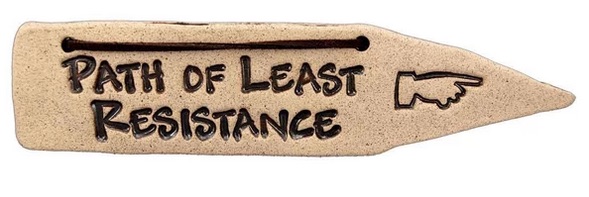
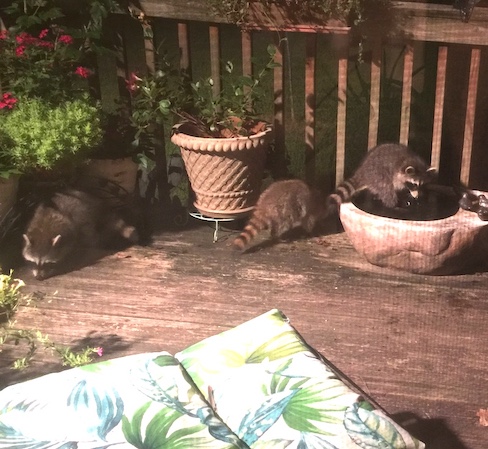
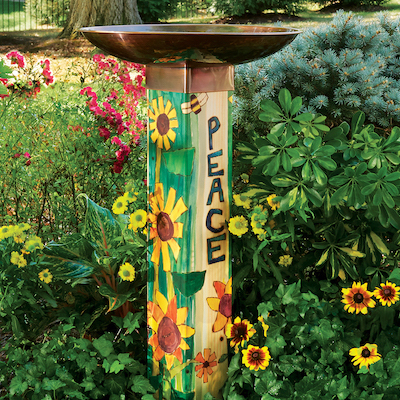
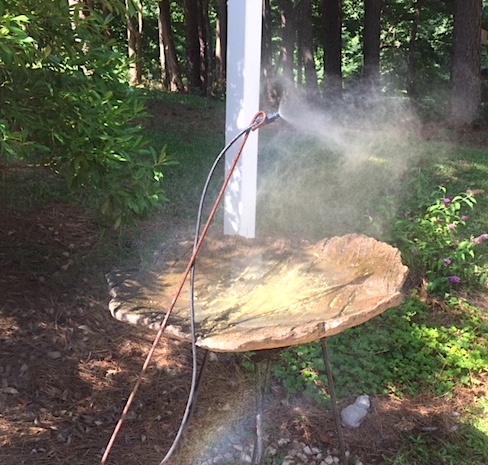
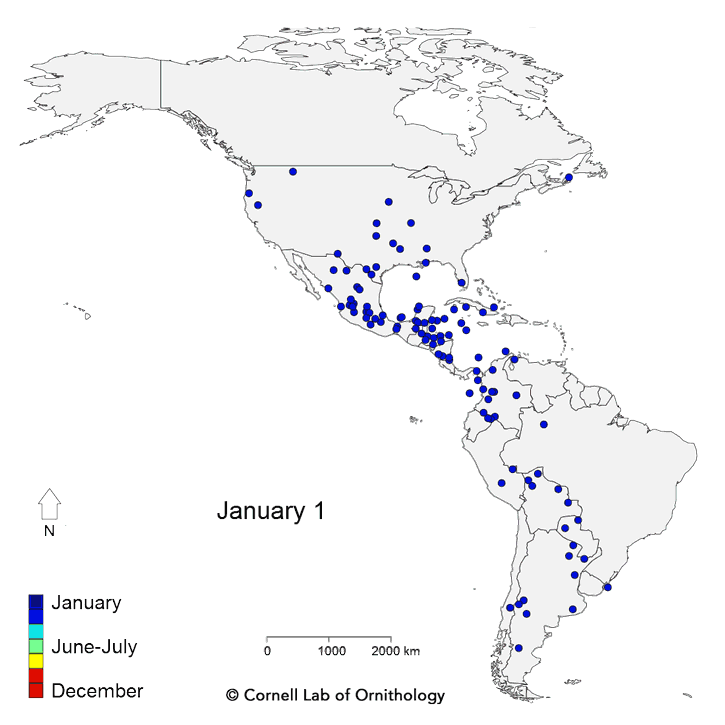
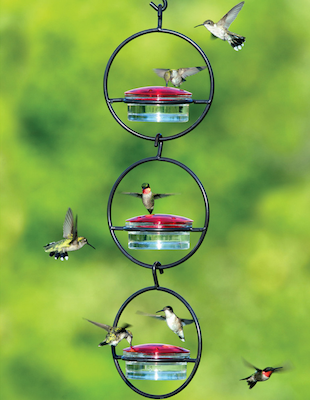
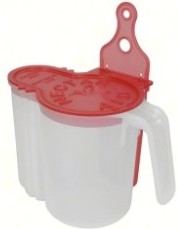
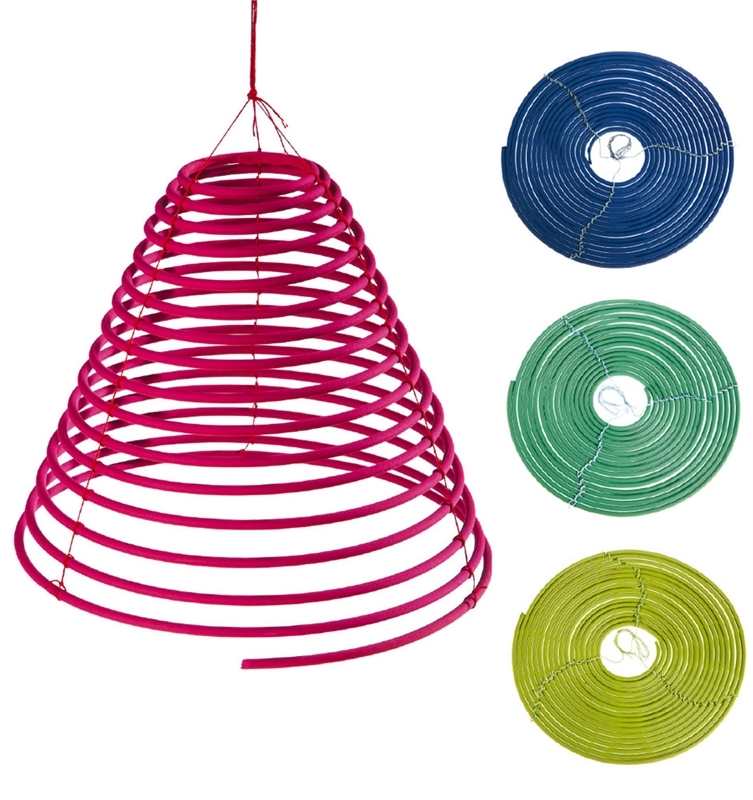
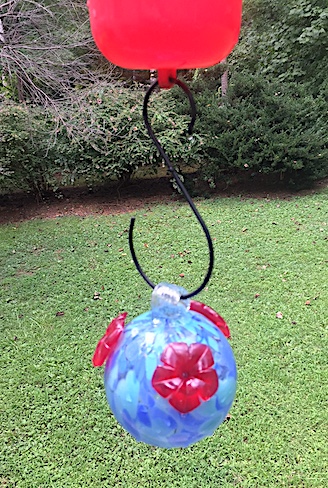 So the bee-proof feeder ports don’t seem to work, bees are keeping hummingbirds away… what’s one to do? Being almost mid-August, hummingbirds in the eastern US will soon start their southern migration, fueling up and fattening up is crucial for their long journey. Feeders need to be clean, nectar kept fresh and most of all… sans the bees!
So the bee-proof feeder ports don’t seem to work, bees are keeping hummingbirds away… what’s one to do? Being almost mid-August, hummingbirds in the eastern US will soon start their southern migration, fueling up and fattening up is crucial for their long journey. Feeders need to be clean, nectar kept fresh and most of all… sans the bees!